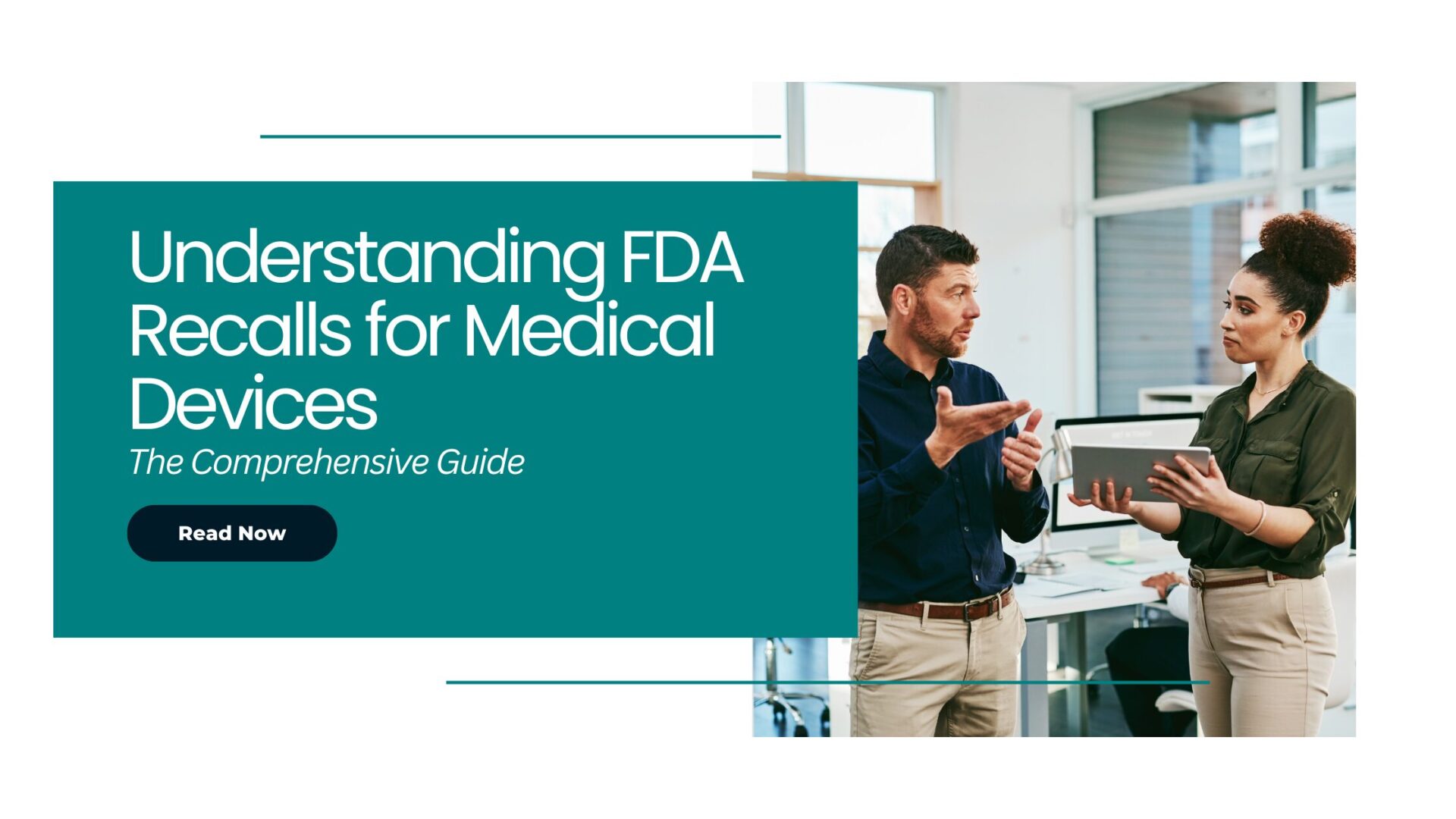What are cosmetics?
Cosmetics are substances that are applied to the human body (except pure soap) to enhance beauty, cleanse, make it more appealing, or transform its appearance. They have no physiological impact on the body. Legally, a cosmetic will also be considered a drug, if it intends to alter the physiological functions of the human body to accomplish its purpose. Examples of cosmetics include products such as facial make-up preparations, skin creams & lotions, perfumes, deodorants, lipsticks, fingernail polishes, shampoos, hair perm kits, hair colors, toothpaste, and any material intended for use as a cosmetic product.

Regulation of Cosmetics in the US
FDA regulates cosmetics under the authority of the Federal Food, Drug, and Cosmetic Act (FD&C Act) and the Fair Packaging and Labeling Act (FP&L Act). Under US law, cosmetic products and ingredients, except for color additives (other than coloring materials used in coal-tar hair dyes), do not require FDA approval before they go on the market.
Regulations insist both firms and individuals guarantee the safety of their products. The FD&C Act forbids the transportation of adulterated or misbranded food, drug, devices, and cosmetics in interstate commerce in order to safeguard consumers against unsafe or improperly labeled or packed items. The FP&L Act was introduced to make sure that labels and packaging accurately educate customers about the amount of content and enable value comparisons.
Importing Requirements for Cosmetics in the US
- Review of Declarations:
Declarations reviewed by the FDA-entry Reviewers include the following:
- Declared Manufacturer
- Declared Importer/consignee
- Product Description
- Affirmations of Compliance (A of C) – To expedite the FDA’s review of product compliance, the importer can submit additional information such as registration, listing, and approval numbers. This information shall be submitted using the A of C codes. The A of C code is a voluntary submission of a three-letter code provided at the time of import to facilitate FDA review and speed up the initial screening of the entry.
By using this code, the entry filer affirms that the firm/product meets the requirements specific to the code.
Examples of Voluntary A of C codes used for cosmetics
COS – Cosmetic Registration Number/approval number specific to the product
ERR – Entry Review Requested
IFE – Import For Export
The declarations provided by the importer are compared with the FDA’s internal data systems processed and verified electronically using the FDA’s screening tool “PREDICT” to speed up the processing of the shipment.
- Compliance with regulations:
Both imported and domestic cosmetic products must comply with FDA laws and regulations. At the time of importation, FDA verifies the safety and suitability of cosmetics in line with the intended use by conducting field examinations and collecting samples.
For example, If the cosmetics contain color additives that need certification, the FDA will check their Color Identification Numbers (CIN).
- Labeling:
Cosmetic products should be labeled with accurate and truthful information. The labeling language required by law is English (or Spanish in Puerto Rico), and the labeling shall include the following:
- Identity statement
- Net quantity of contents
- Name and place of business – including English name of the country of origin
- Distributor statement – Use the statements like “Manufactured for …” or “Distributed by ….” or an appropriate phrase
- Material facts
- Warning and caution statements
- Ingredients
Registration:
The FDA’s Voluntary Cosmetic Registration Program (VCRP) is an online system allowing manufacturers, packers, and distributors of cosmetics to voluntarily register cosmetics that are commercially sold in the US. The products used only for professional use (eg. products used in beauty salons, spas, or skin care clinics) and products, not for sale (eg. hotel samples, free gifts, homemade cosmetics to give to friends) are exempt from registering to VCRP. The VCRP enables FDA in evaluating cosmetic products on the market by gathering data regarding cosmetics and ingredients, their usage patterns, and companies engaged in manufacture and distribution. The cosmetic firms that intend to participate in VCRP can choose to file any one of the FDA forms, Form FDA 2511 (Establishment Registration) or Form FDA 2512 (Cosmetic Product Ingredient Statement) or both.
The supplied registration number corresponding to the voluntary establishment registration shall be verified during import.
Before importing cosmetic items into the US, what should manufacturers or distributors bear in mind? If you are an importer or distributor of a cosmetic product it is vital for you to know FDA’s critical checkpoints for safety and suitability. Elexes is here to help you understand the requirements for importing your cosmetics into the US.
#elexes #healthcare #cosmetics #food #checkpoints #usfda #regulatory #quality #registration #ingredients





















